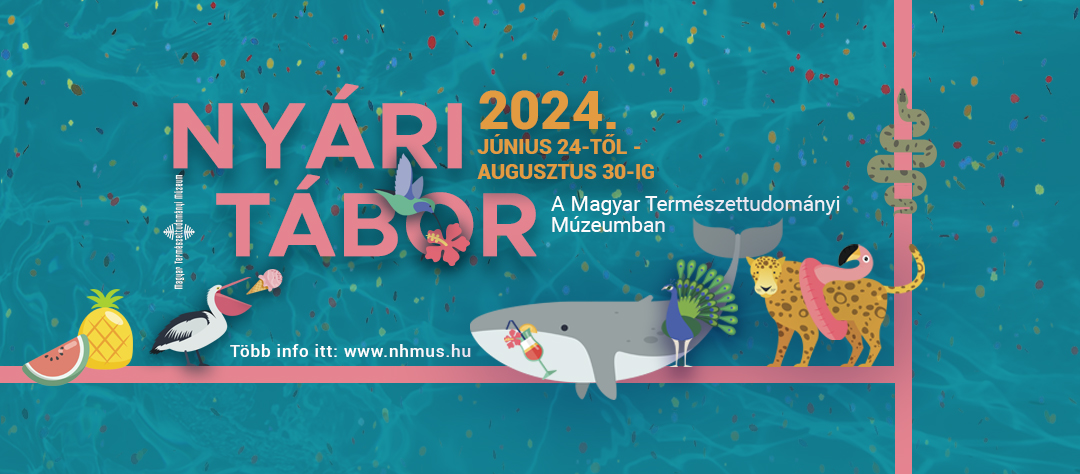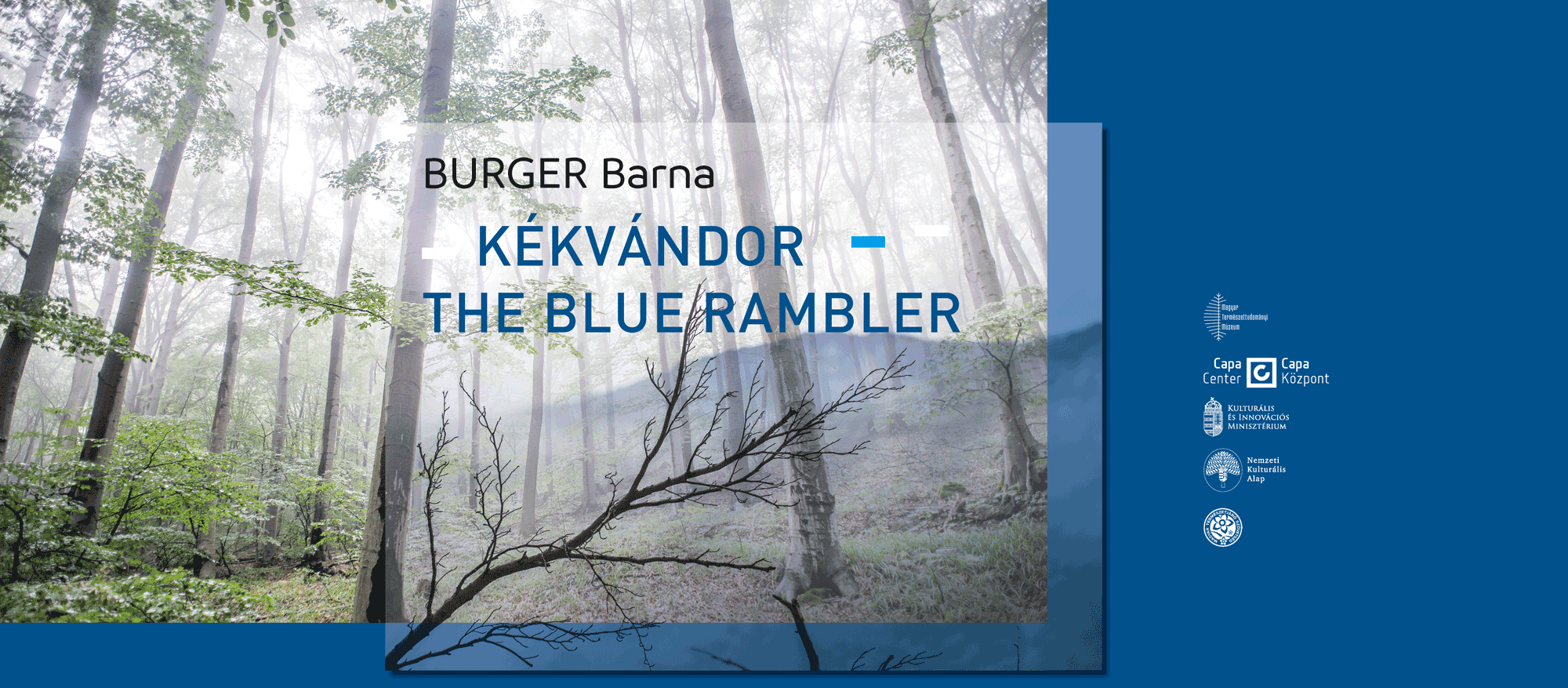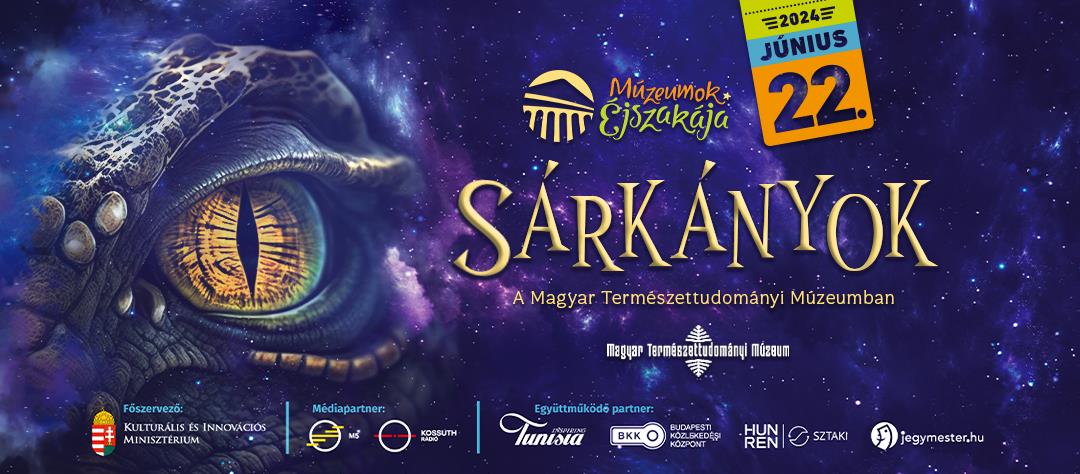Emmanuel Arriaga-Varela is a Mexican researcher who came to Europe supported by a scientific grant to write his PHD thesis about the taxonomy and systematics of terrestrial (ground-dwelling) members of the water-scavenger beetles (Hydrophilidae).
However, he has a wide range of interests concerning Coleoptera. Being a PhD candidate of the Charles University in Prague, he had an opportunity to apply for the Synthesys fund to study the genus Stenotarsus, which belongs to the family called handsome fungus beetles (Endomychidae). The reason he chose the Hungarian Natural History Museum for his visit was that our institute holds the fifth largest Stenotarsus collection in the world. The young researcher talked about his scientific work including his discoveries and adventurous expeditions.

What is your PhD topic about?
I am working on the systematics of Megasternini, which is a tribe of terrestrial Hydrophilidae beetles. However, here I am also studying the diversity and taxonomy of Endomychidae.
How can this collection contribute to your research?
This collection holds several types of the genus Stenotarsus from the tropics. As my main objective is the taxonomic revision of these species, the samples, particularly holotypes, are crucial for my research. (A holotype is the single specimen upon which a new nominal species-group taxon is based in the original publication) To make sure which species are living today in Central and South America, I need to supervise the old descriptions. During this process I am taking photos and measurements about these beetles in order to document the steps of the research. I have a lot to do as this is the fifth largest collection in the world (after London, Berlin, Paris and Gainesville (Florida)) regarding the number of Stenotarsus types.Have you found any special or very rare specimens here?
I have discovered at least two new species from Costa Rica and also several ones collected from Nicaragua which had been unknown for that country before. There are some species from South America which were identified but might not have been described correctly. These specimens are very rare in collections around the world and since it is not possible to loan them, I try to take advantage of every minute here to check them and record their specific morphological characters. This step is crucial for my further work.

The holotype (and the only existing specimen) of Paniegena baloghi (Strohecker, 1979), a species of handsome fungus beetle endemic to the island of New Caledonia. It is housed in the Hungarian Natural History Museum (photo: Emmanuel Arriaga-Varela)
What is your further work about and how these steps you mentioned will contribute to that?
Taking pictures is useful to ascertain the relation of the Central American Stenotarsus with the South American ones and the future philogenetic research will give an idea about their characteristics and distribution around the world. Apart from studying the Stenotarsus, I also examine the Hydrophilidae as my PhD research is about that family. I have found some specimens for my revisionary work and also a couple of ones from Chile. I am sure all of them will be included in professional papers.

One box from the holdings of handsome fungus beetles (Endomychidae) in the Hungarian Natural History Museum
What do you like the most in your job?
I think the most interesting part is examining new species under a microscope, finding out what they are and giving them a name. On the other hand, going to the fields or walking in the forest seeking beetles is also exciting and always adventurous. I am also interested in visiting new collections. As you see, I actually enjoy every step of my job.
Why did you choose Endomychidae?
Beetles, in general, are the most diverse groups of animals. Moreover, I also like mushrooms and other fungi on which the Endomychidae beetles feed. When I started working on my bachelor thesis, I met Wioletta Tomaszewska. She is a professor in the Museum and Institute of Zoology in Warsaw and also a leading expert of fungus-associated beetles. Since then, we have been working together on the pleasing fungus beetles.

Have you already described new species?
So far, I have published sixteen new species and we have several others in preparation. Besides, there are many samples which can hide new discoveries. One of my favorites is the Stenotarsus kafkai which was named after the famous writer, Franz Kafka.

New species of Stenotarsus described from Central America by Emmanuel Arriaga-Varela and his co-authors
Source: Arriaga-Varela E., Zaragoza-Caballero S., Tomaszewska W. & Navarrete-Heredia J. L. 2013: Preliminary review of the genus Stenotarsus Perty (Coleoptera: Endomychidae) from México, Guatemala and Belize, with descriptions of twelve new species. – Zootaxa 3645:1–79.
Have you ever got into any unusual situations during your collecting trips?
Collecting in Mexico sometimes causes threatening moments because of the delinquency. For example hearing gun shots in the field is quite scary. It has happened to me at least twice. Once we had been collecting at the border of a city when we suddenly noticed a guy running towards us with a gun. It was frightening but fortunately he disappeared somewhere so we did not get injured. Another time we heard shots and barking dogs from a village. Someone must have tried to break in a house. This may sound shocking but in Mexico you need to get used to such situations.
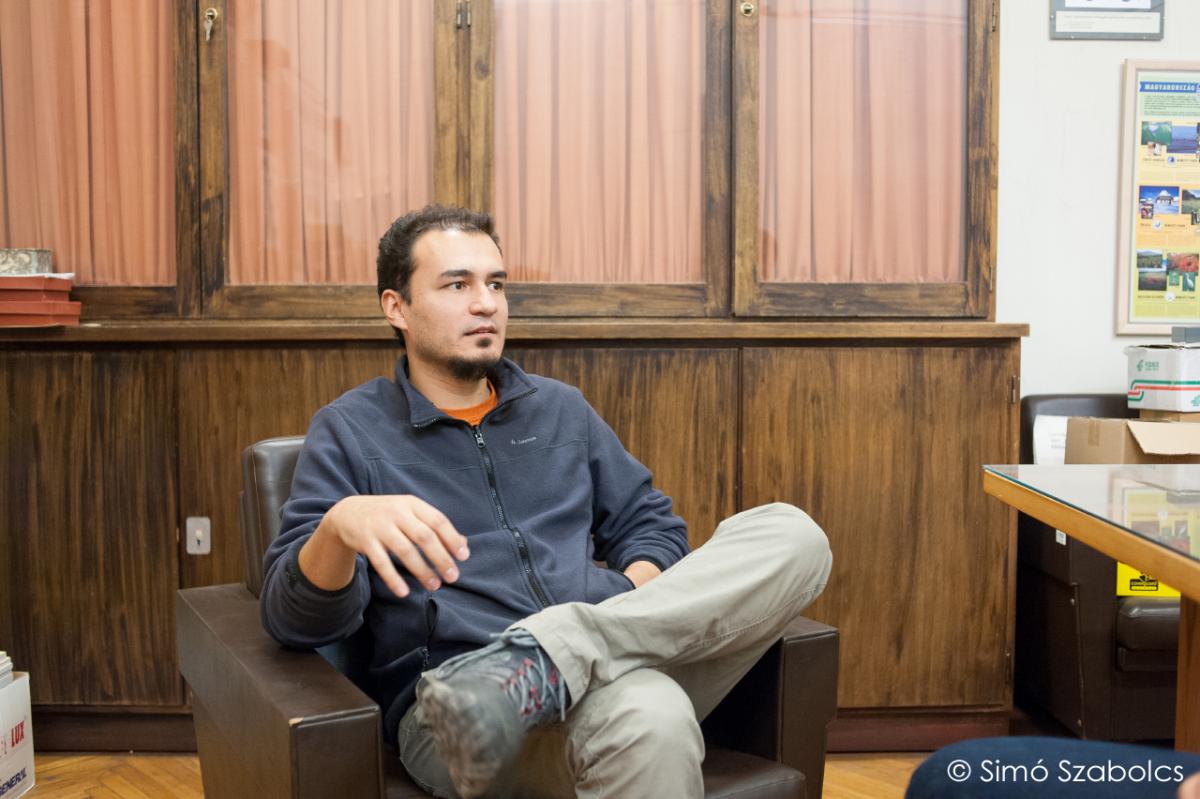
I hope you have pleasant experiences as well.
I prefer places that have unique environmental circumstances. Once I made a journey to South Africa, to the Western Cape region, which is the southernmost part of the continent. The scenery was just amazing as it is completely different from the rest of the world. We were there for some special Hydrophilidae, which is a so-called Gondwanian group, because they live in the southernmost fragments of the ancient mega-continent Gondwana, namely in Chile, South Africa, Australia and New Zealand. It is a subfamily that was called Rygmodinae but we changed the name to Cylominae because it has nomenclatorial priority. Furthermore, we found a new species there and a new genus of the hydrophilid tribe Megasternini. The collecting method, however, was a bit disgusting as these beetles consume cow manure People were always asking what we were doing with the bags full of dung. It was actually a holiday time there and many families had been gathering at the cottages spending some quality time together. You can imagine how we broke the idyll with the awful smell.

A new, still undescribed species of dung-eating hydrophilid beetle from Western Cape (photo E. Arriaga-Varela)
How did you get in contact with the museum?
Even before my Synthesys application I had known that Budapest would be an ideal place for my research. First I contacted Ottó Merkl the curator responsible for the Coleoptera Collection who agreed to be my host if I am awarded by the Synthesys grant. The first time I heard about the rich entomological collection of the museum was actually years ago. What is more, Ottó Merkl with two coleopterist fellows visited Nicaragua in 2007 and collected Stenotarsus as well.
(“We mostly collected at night when we went to the forest to check the fungus-infested logs -Ottó added. “It was very hot and humid for me, as much as it can be for a Central European, and, besides, it was quite frightful. I heard strange noises and saw threatening eyes behind the leaves, mostly spiders. We picked up the beetles quickly than ran out. You cannot see these beetles on daylight even if you find the fungi themselves.”)
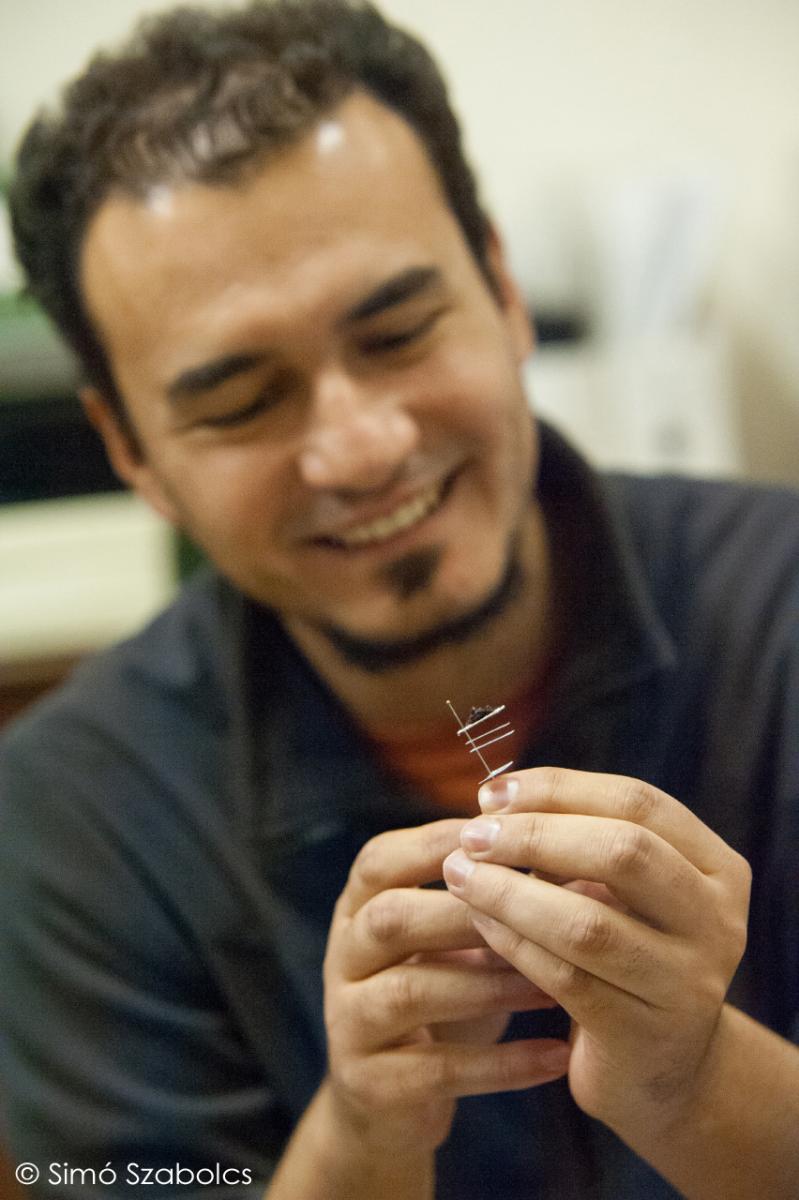
How can you find these very small beetles?
You need to have very good eyes to find them on logs and tree trunks, but these small beetles can be found in leaf litter as well, since they fall off the trees. The method is quite simple. First you have to sieve the rough plant material picked from the ground then carefully select the beetles from the fine debris. Sometimes they can be captured with a spotlight at night. The mesmerized night beetles can be collected easily in front of a white sheet illuminated with a mercury-vapour bulb. This method is quite comfortable; you can lean back, enjoy some wine and wait for the catch.
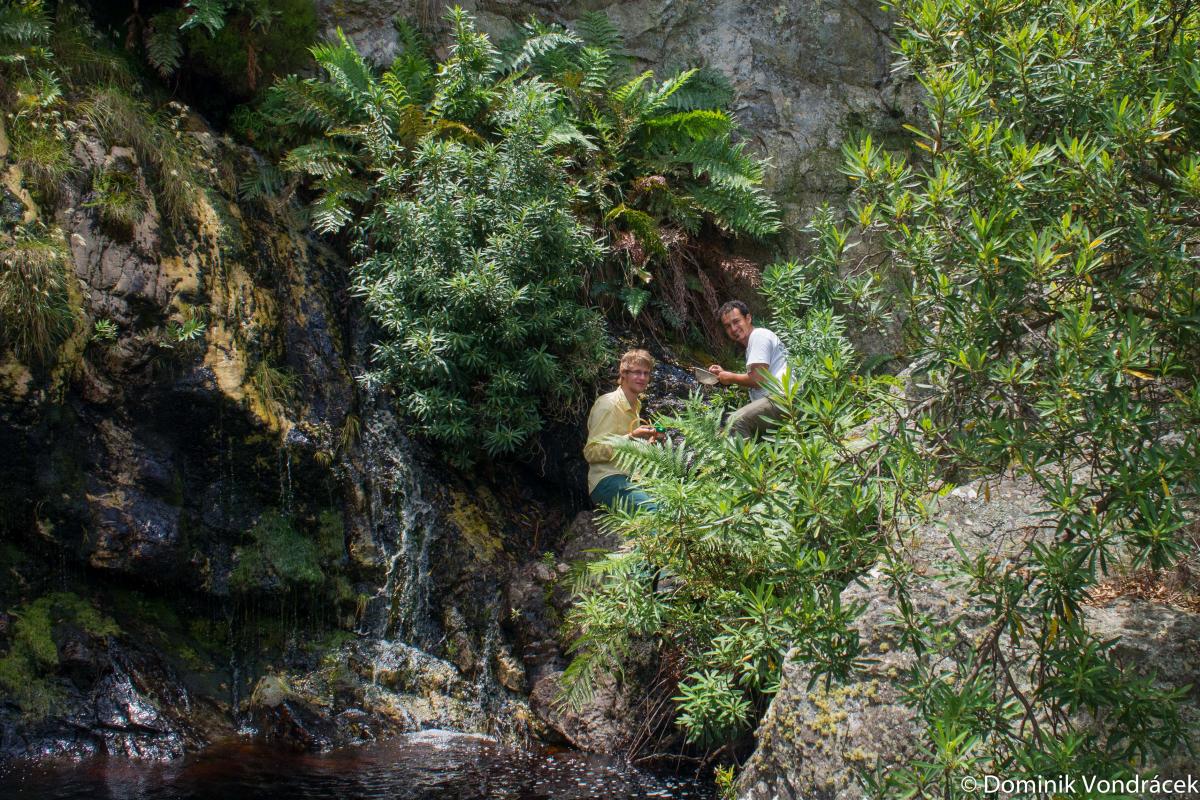 Collecting beetles in Western Cape, South Africa (Matthias Seidel and Emmanuel Arriaga-Varela) photo: Dominik Vondrácek
Collecting beetles in Western Cape, South Africa (Matthias Seidel and Emmanuel Arriaga-Varela) photo: Dominik Vondrácek
Can wine attract beetles as well?
(“In the continental climate in Hungary, we attract beetles with red vine, but the white wine seems to be useless. In the tropics, this method is not very successful”, said Ottó.) You can also use a rotten banana with sugar and wine for fermentation to attract flower chafers with the smells. Even bark beetles (Scolytidae) can be attracted with alcohol as they feed on and develop in sick and dying trees, which give off alcohols, mainly methanol but also ethanol.

Paniegena baloghi
Why is it important to collect these animals?
In general, the science is driven by curiosity and the desire of knowing everything about nature. We have to know all the species that are living on this planet, because they are bioindicators, which provide us information about the actual condition of the environment. In Spanish we say that these are small grains of the beach sand that we appreciate so much.
Which museum will be your next stop within the Synthesys program?
I would like to visit Vienna and Copenhagen and perhaps Berlin. The most famous cities and natural history museums are definitely on my list, so I would not miss visiting Paris and London by any means in the remaining three years I still have here in Europe.
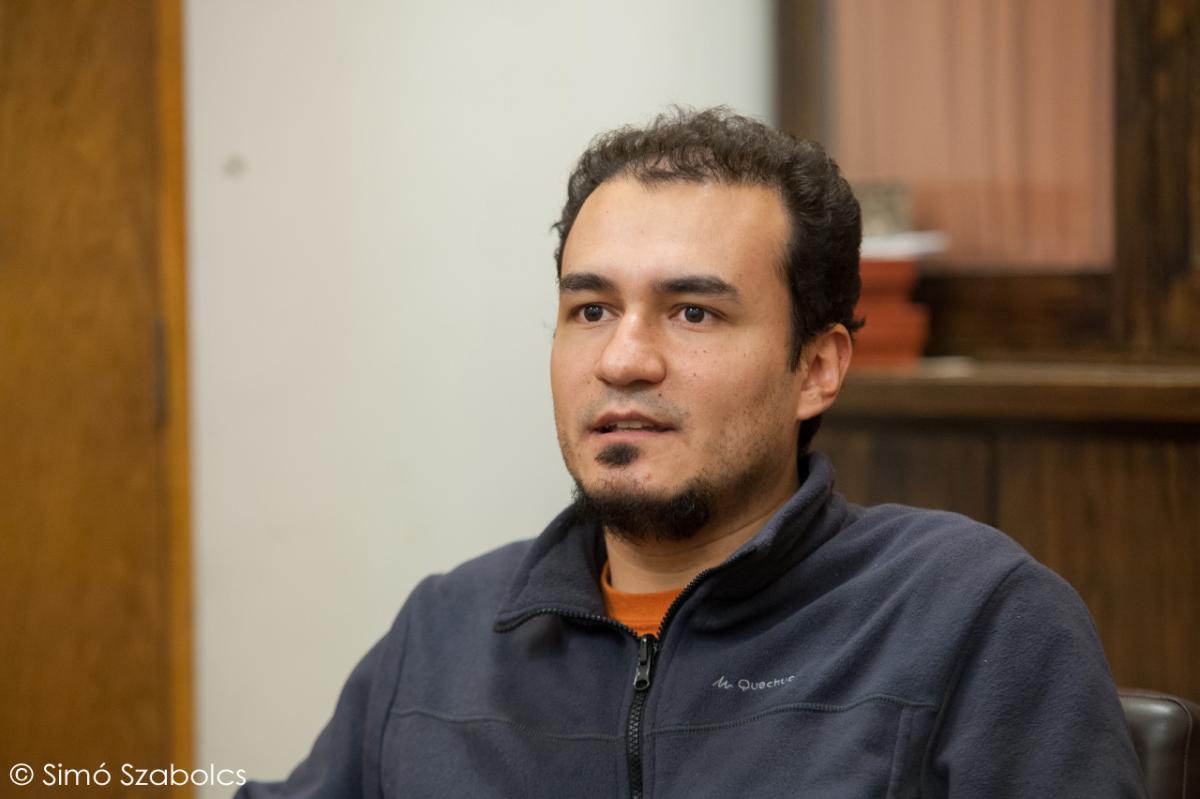
Do you like being here in Europe?
I like being here very much, even though some conditions are unpleasantly different comparing to Mexico. I am not used to such cold weather, especially in the winter time. The cities, however, are really beautiful and it is very entertaining to hear different languages and meet so many cultures.
Written by Krisztián Kucska, Bernadett Döme
Edited by Bernadett Döme, Ottó Merkl
Photos by Szabolcs Simó

